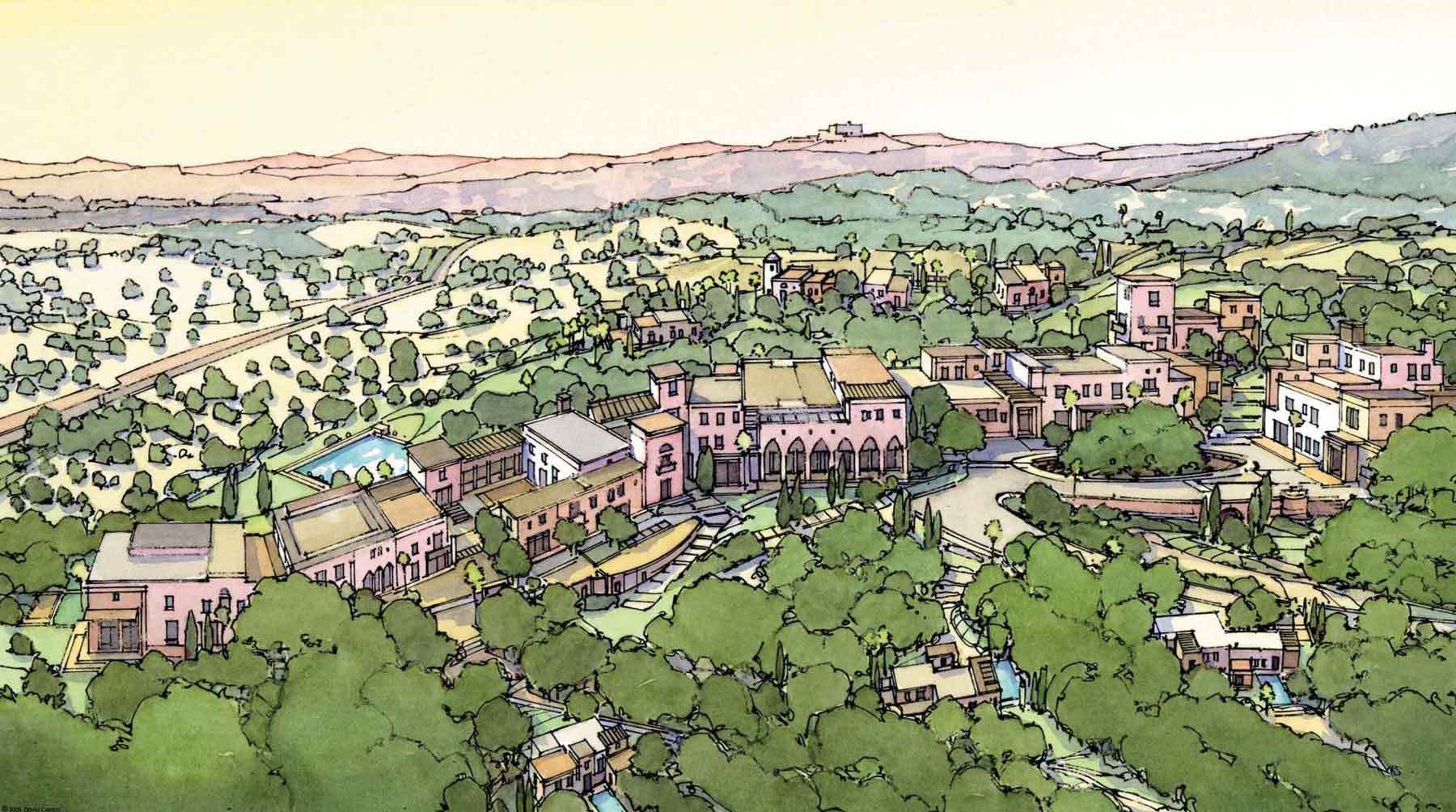Planning the Future of Mount Ajloun
Transforming a neglected hinterland into Jordan's most dynamic tourism hub
The Context
Mount Ajloun, a confluence of land, people, and cultural heritage covering 1% of Jordan’s total land area, hosts 60% of Jordan’s green land cover, is home to the country’s most pristine and traditional village landscapes, and boasts some of the most impressive antiquities in the Middle East. Yet despite these remarkable assets, the region has lagged the rest of the Kingdom in investment, infrastructure development, tourism growth, and socioeconomic well-being. Compounding these challenges was a regulatory structure that not only failed to catalyze economic investment, but in fact enabled natural and cultural destruction through spiraling land speculation. Mount Ajloun was at a critical juncture: it could become one of the Middle East's most celebrated natural and cultural landscapes; however, the lack of spatial vision, regulatory infrastructure, or capacity to engage private investment could lead to the rapid destruction of Jordan's undiscovered patrimony.
The Task
Jordan faced a fundamental and seemingly intractable question: how to transform and manage Mount Ajloun's large, unplanned, fragmented, and complex landscape to to achieve the greatest public and private good? Adam, together with Tetra Tech, was retained by Jordan's Ministry of Environment to deliver a master plan and organizational blueprint that introduce a market-based framework for regional development and conservation, supported by a new management and governance system that combines the strengths of the public and private sectors.
The Response
Adam led the creation of a definitive Information Baseline of the spatial, economic, and environmental state of Mount Ajloun – an area of over 1,000 square kilometers. This baselining, combined with a deep analysis of existing legal and regulatory frameworks, enabled us to draft new legislation and design a corresponding organization to administer development areas like Mount Ajloun and to transition service delivery from overwhelmed municipal authorities to a public-private partnership (PPP) master developer. Upon determining that tourism offered the greatest balance among sustainable growth, conservation, and the enrichment of communities, we created a Tourism Economy Development Plan based upon rigorous quantitative analysis that offered a spectrum of development forms ranging from dense but compact greenfield towns to high-value forest and agricultural reserves.
Together with the design firm Hart Howerton, we prepared a detailed Spatial Master Plan for the area, proposing a novel land use regulatory framework as well as a series of rapidly implementable projects that achieve a balance between conservation and land development. Finally, we created a transformational plan for governance and management of the area that streamlines public and private roles over time, achieving short term objectives and long term sustainable outcomes. As of today, the roadmap has been implemented, with our proposed Development Zone Commission emerging as a world-class regulatory body, and the recommended project management unit transitioning into an authority, Develop Jordan.



